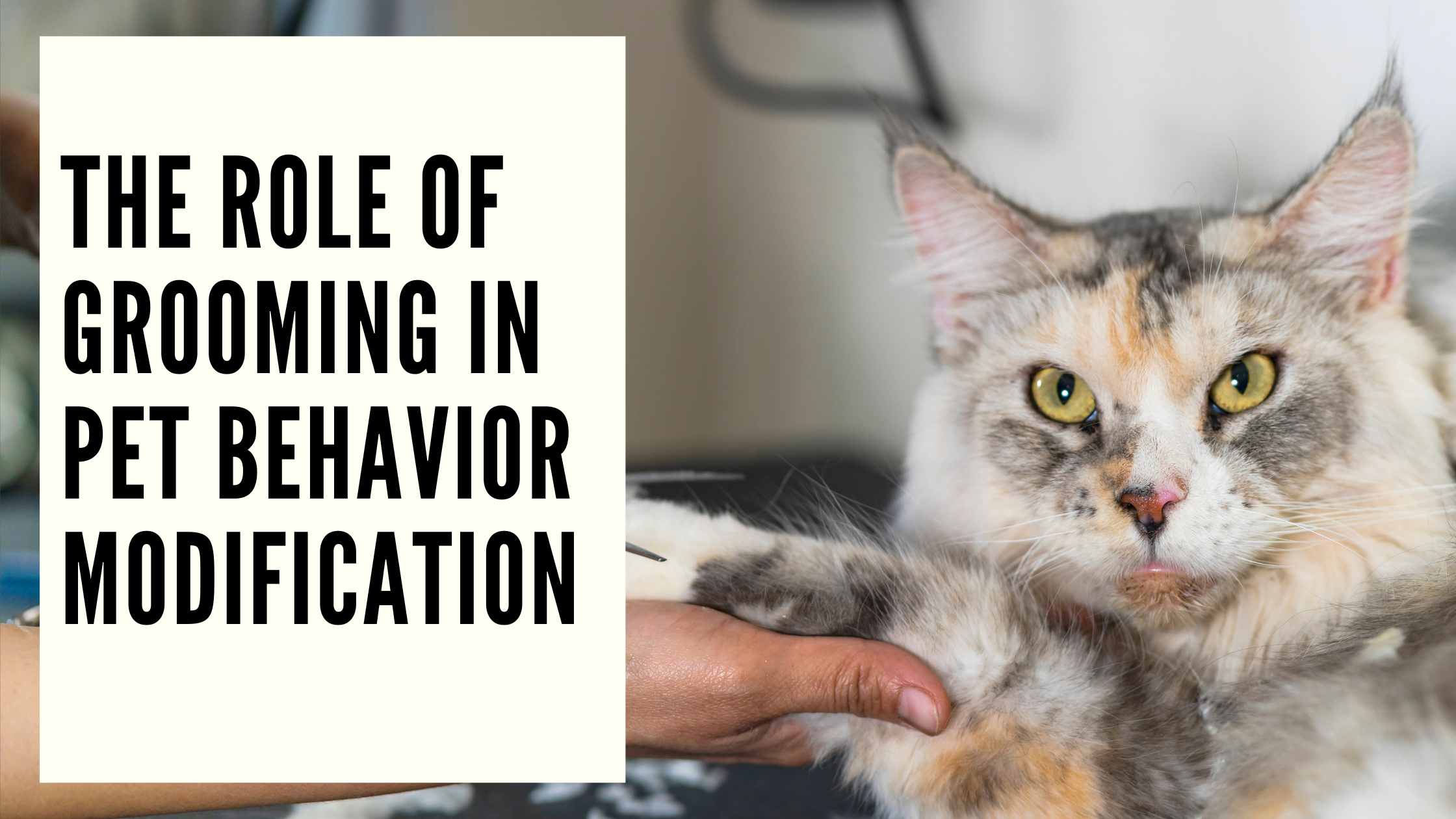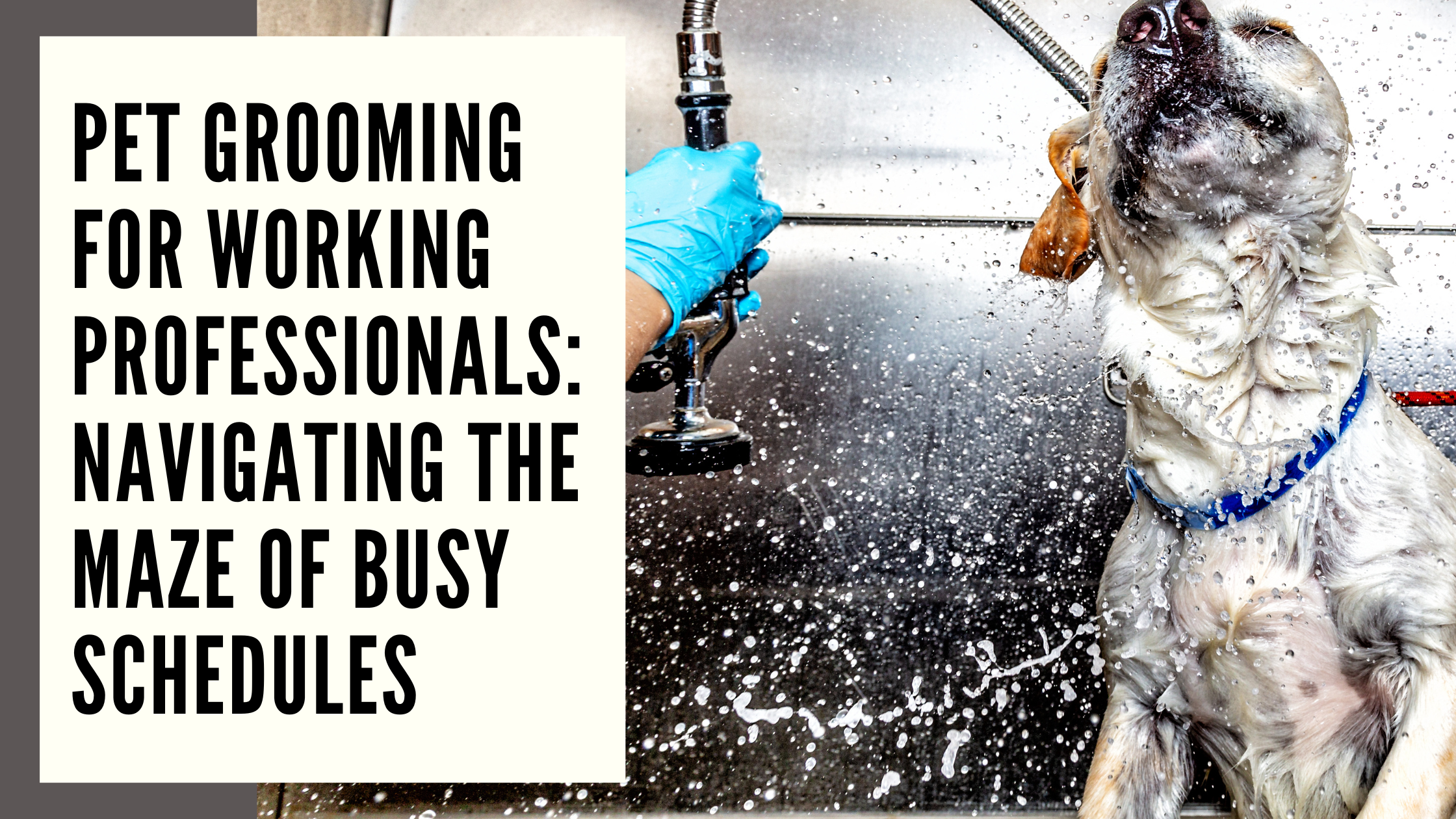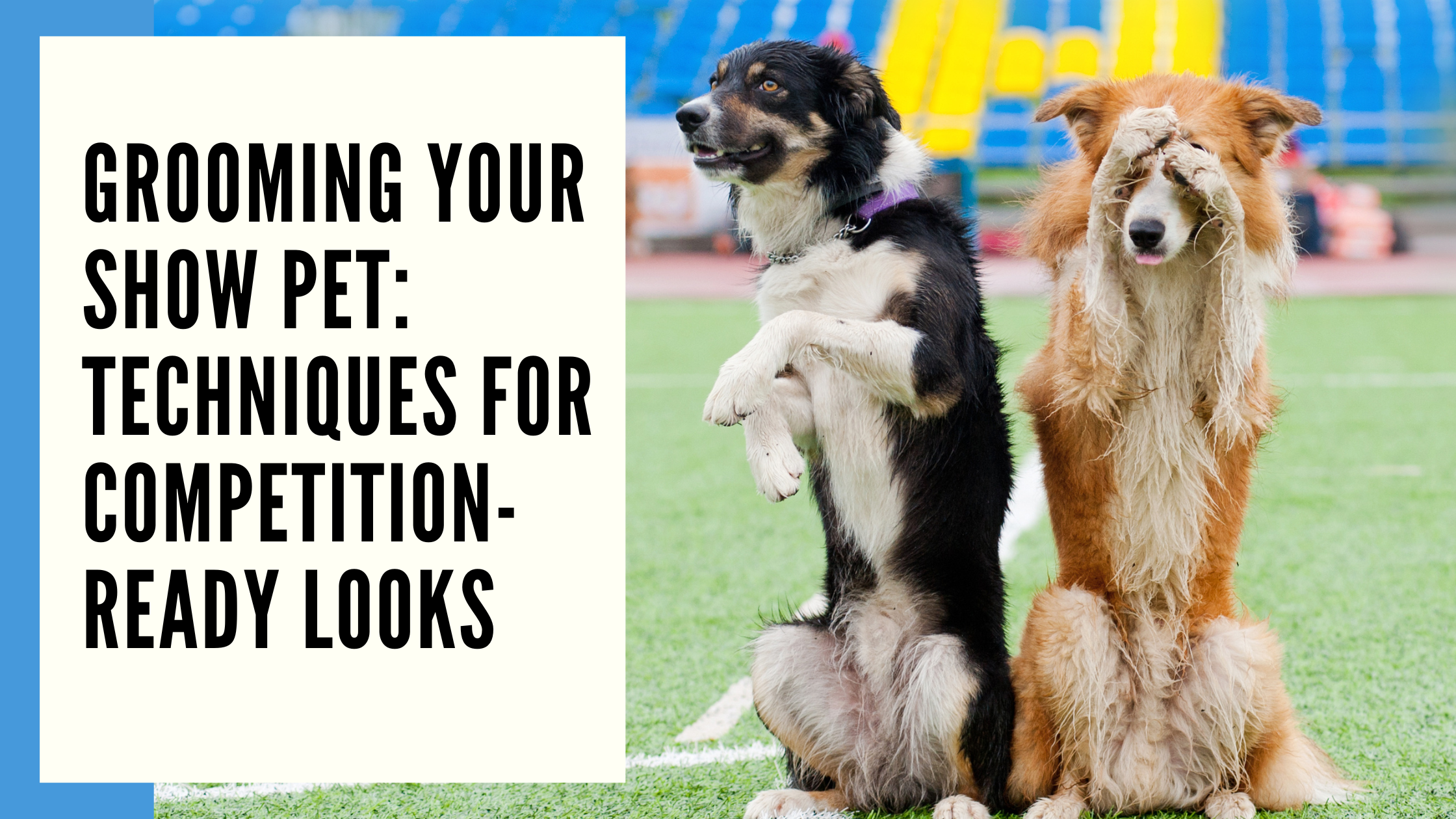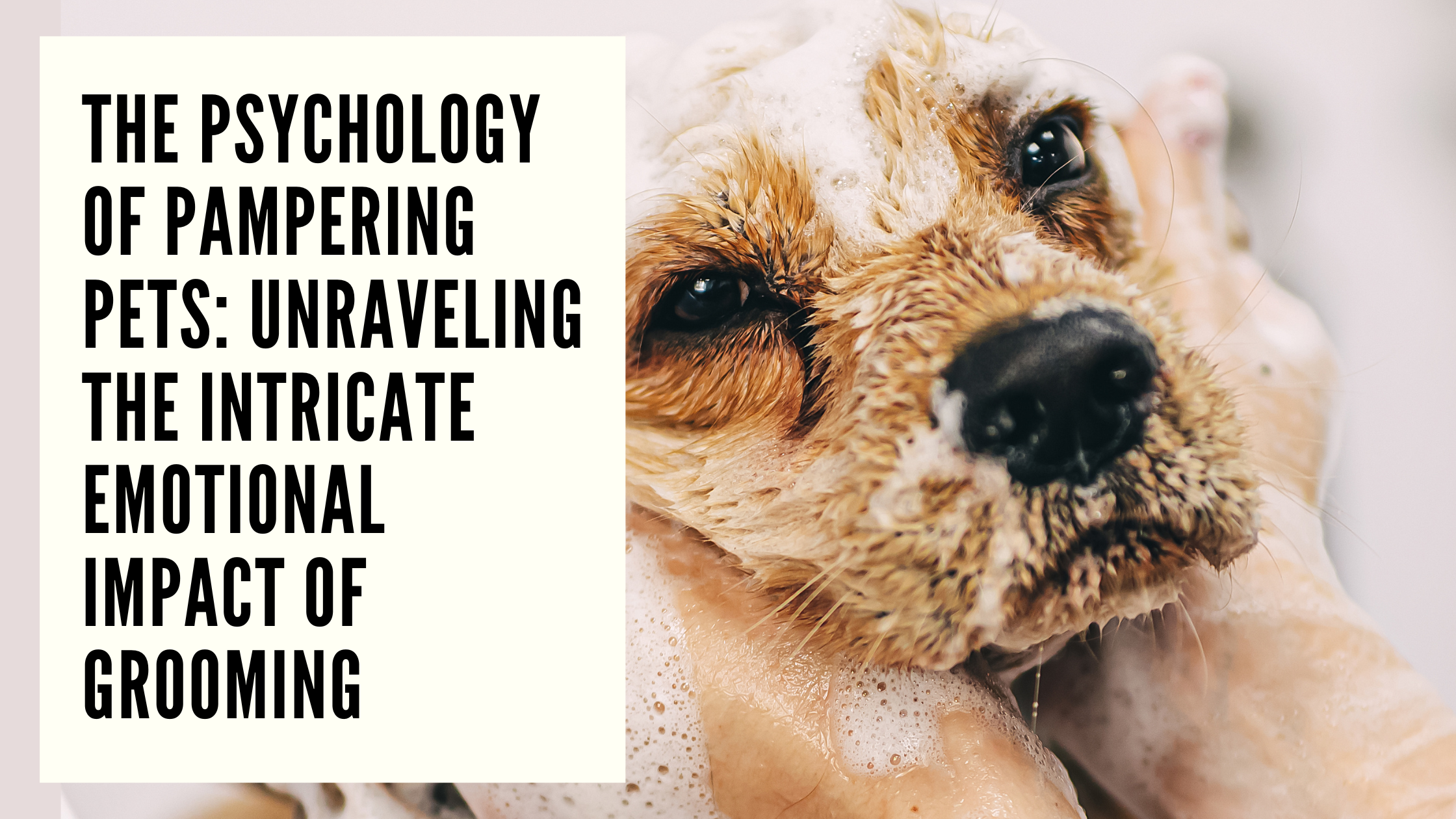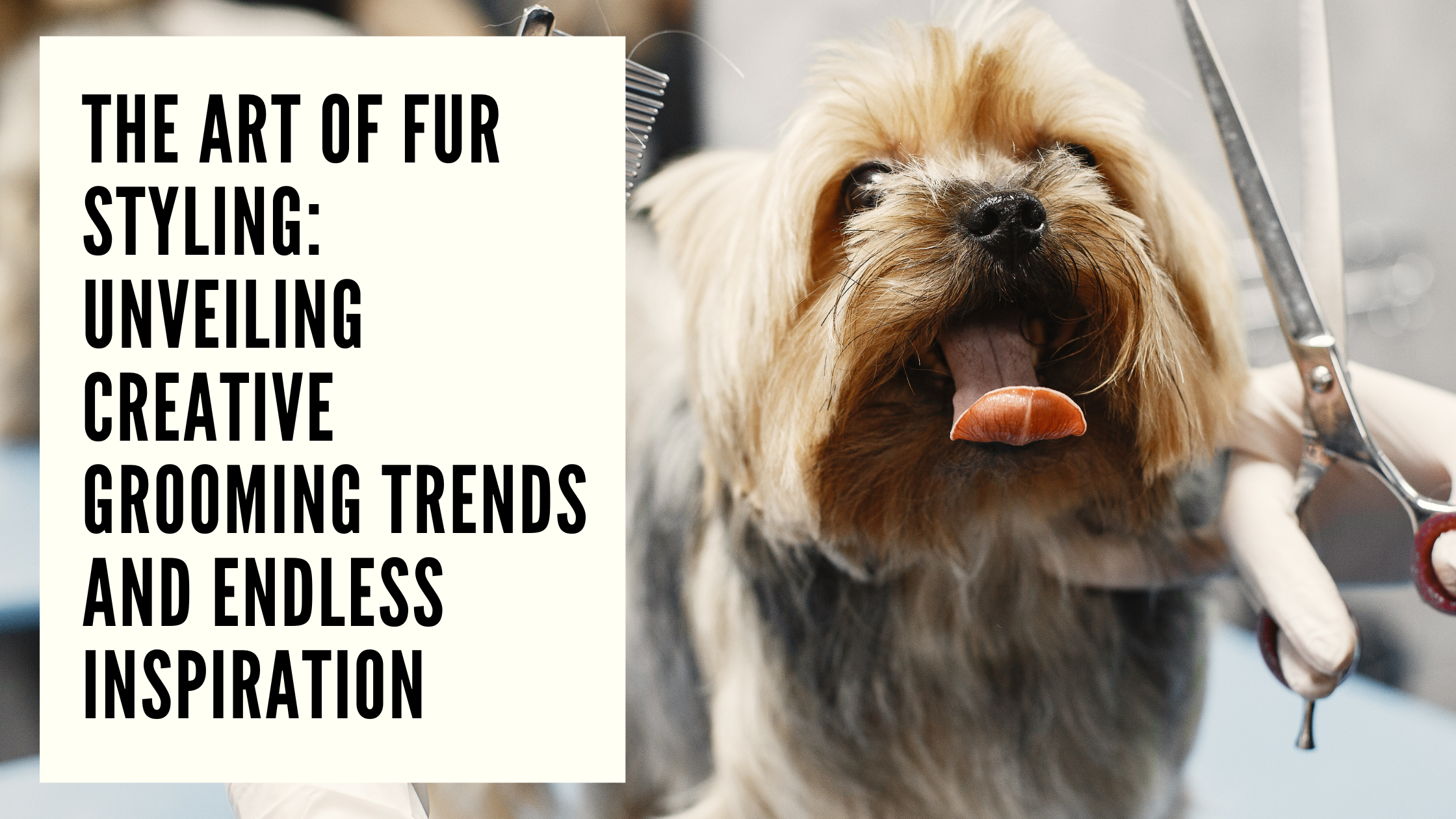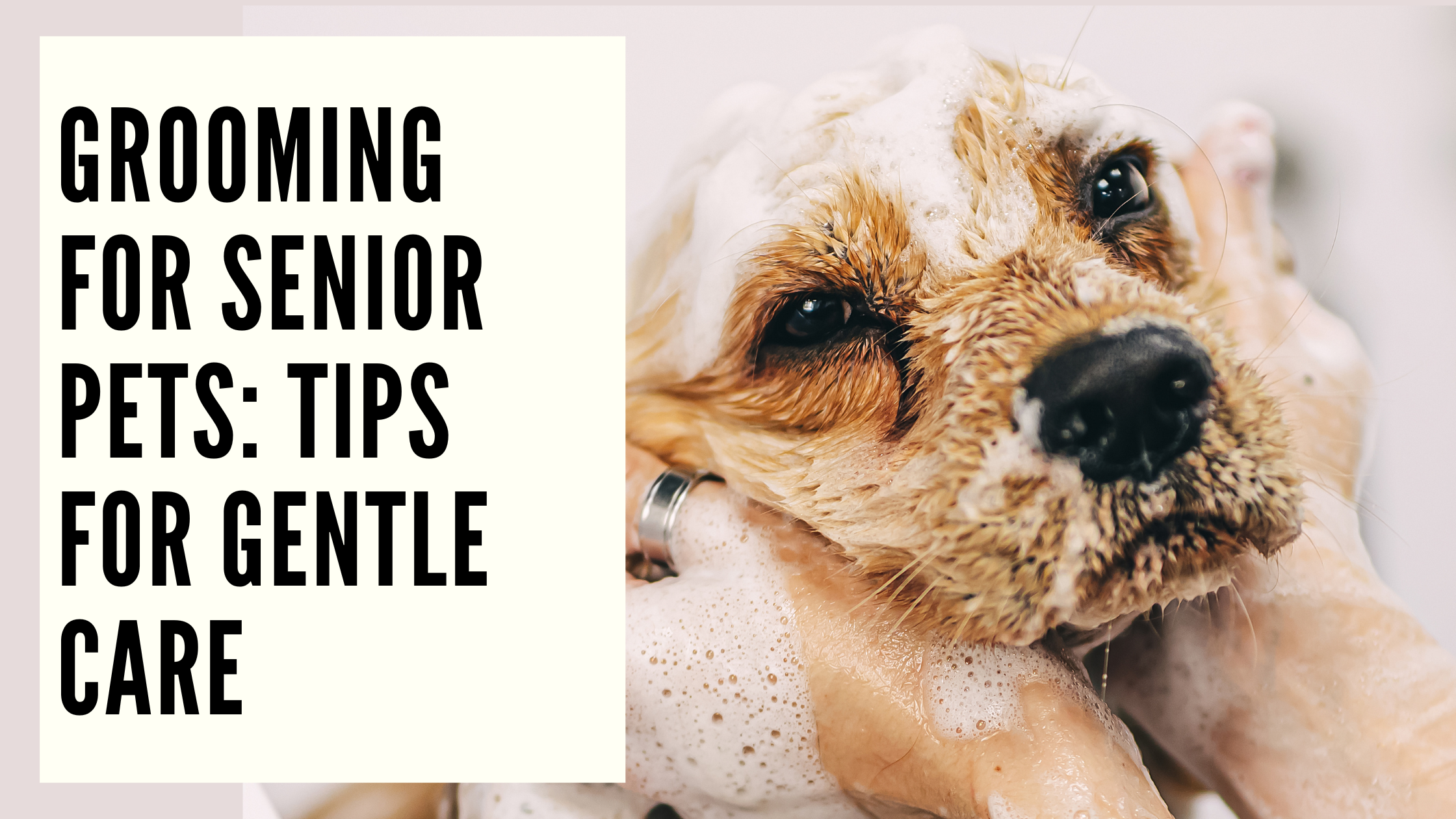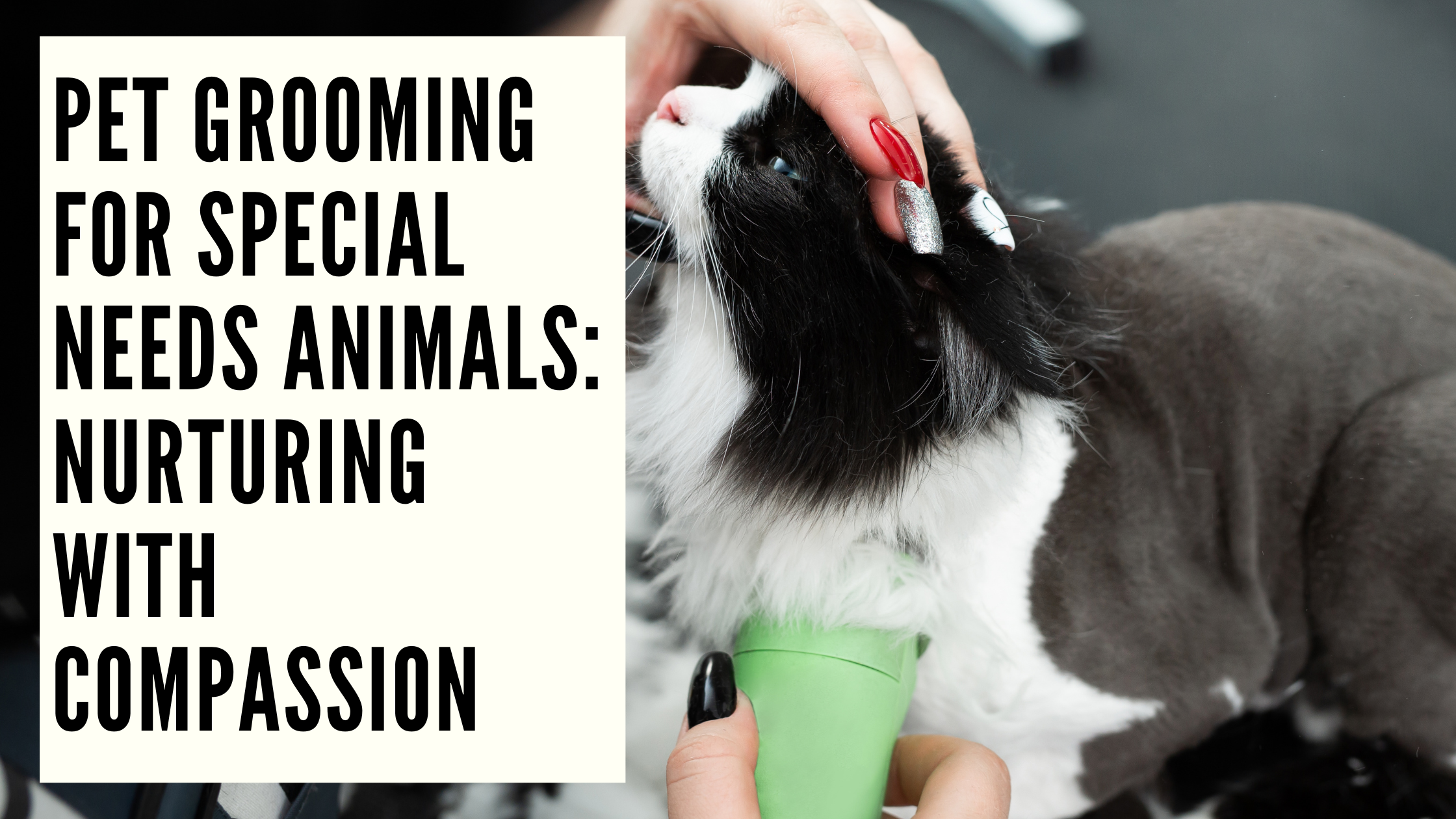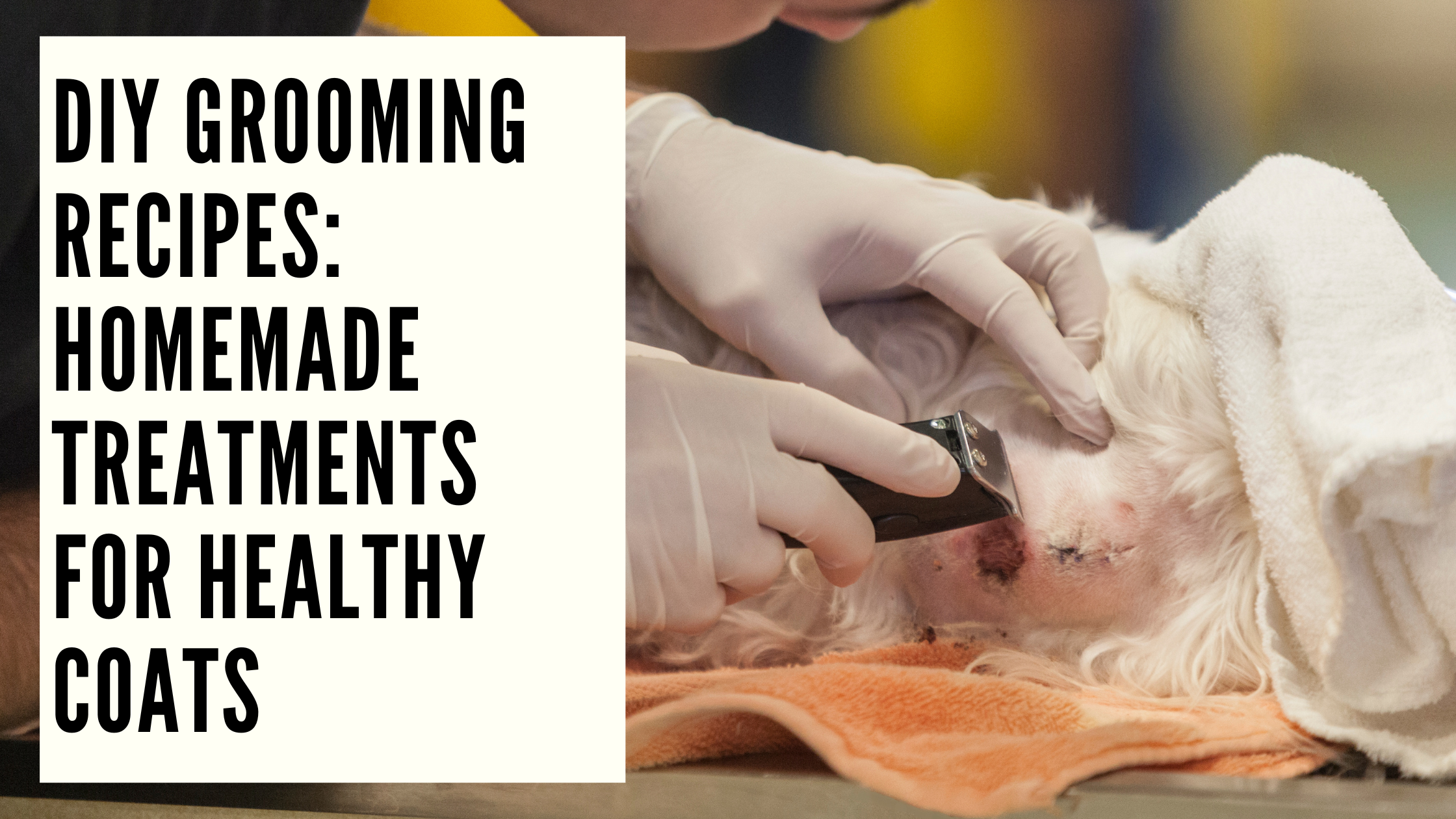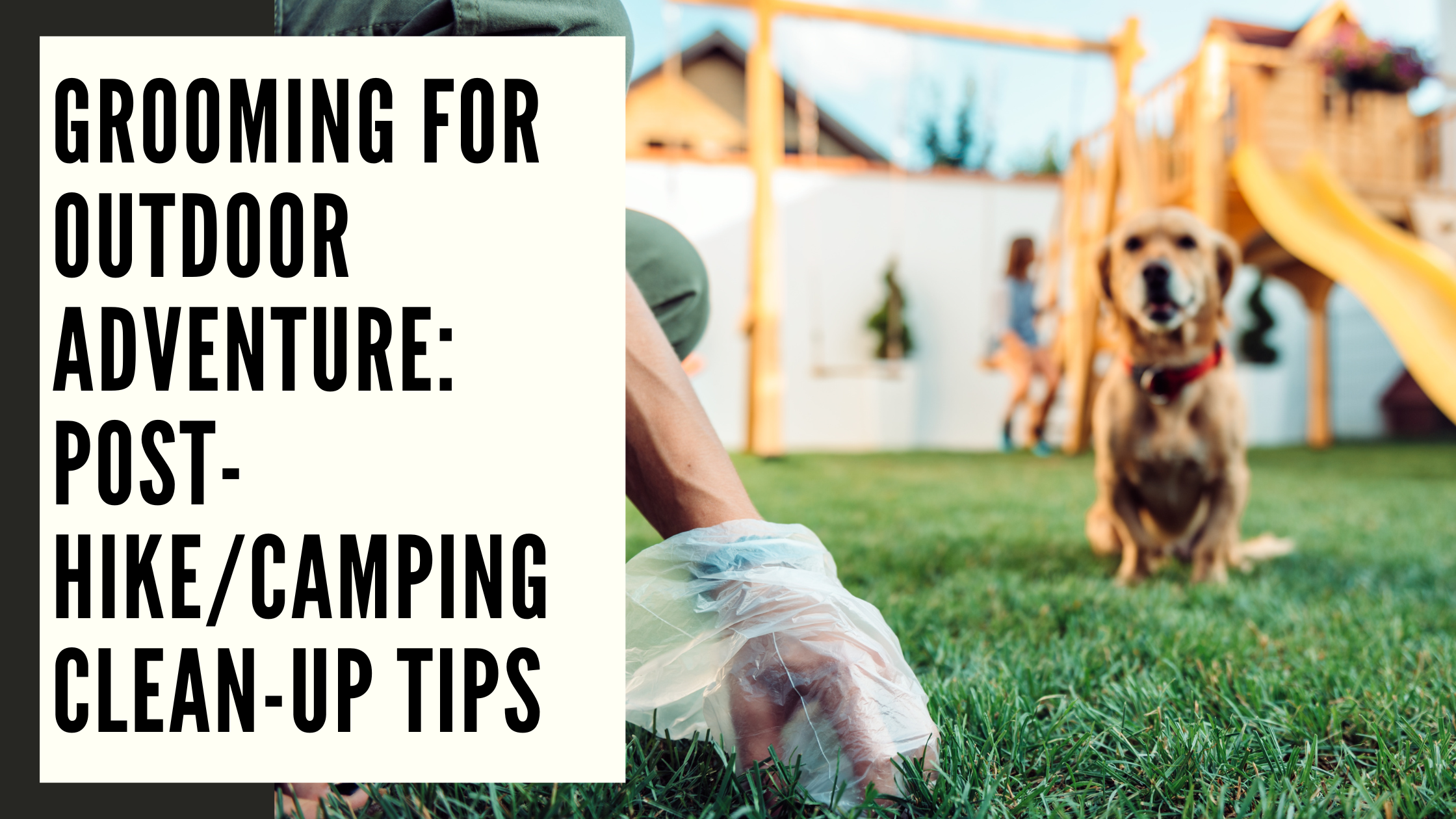The Role of Grooming in Pet Behavior Modification
Grooming is a fundamental aspect of pet care that extends beyond the superficial act of maintaining a clean and well-groomed appearance. It is a powerful tool that can significantly influence your pet’s behavior, ensuring their overall health and happiness. In this comprehensive article, we will explore in-depth the multifaceted relationship between grooming and behavior modification in pets.
Understanding the Connection Between Grooming and Behavior
Grooming as a Bonding Experience
Grooming sessions are not just about aesthetics; they serve as a crucial bonding experience between you and your pet. Regardless of whether you have a dog, cat, or any other furry companion, the act of grooming fosters a deep emotional connection. It is during these moments of closeness that trust is built, and a sense of security is nurtured. Your pet learns to associate grooming with your presence, creating a strong bond of affection.
Stress Reduction
Pets, like humans, can experience stress and anxiety. Grooming plays a pivotal role in alleviating these negative emotions. The process of grooming, with its gentle strokes and soothing touch, promotes relaxation. Moreover, it triggers the release of endorphins, the body’s natural mood elevators, which can reduce the levels of cortisol, the stress hormone. As a result, pets that undergo regular grooming tend to be calmer and less prone to exhibiting destructive or anxious behavior.
The Impact of Grooming on Physical Health and Behavior
Skin and Coat Health
Maintaining a healthy skin and coat is a cornerstone of your pet’s overall well-being. Regular grooming, which includes brushing and cleaning, not only keeps your pet looking their best but also ensures the health of their skin. Grooming removes dirt, debris, and dead hair, preventing skin irritations that can lead to discomfort and even aggression. A pet with a healthy, itch-free coat is more likely to exhibit positive behavior.
Preventing Matting and Discomfort
Long-haired pets are especially susceptible to matting, which can be a painful and uncomfortable experience. Matting can cause your pet to become irritable and more likely to engage in aggressive behavior as a response to their discomfort. Regular grooming helps prevent matting, keeping your pet comfortable and content. By doing so, you reduce the chances of them developing behavioral problems associated with discomfort.
Behavioral Changes Through Positive Reinforcement
Creating a Positive Association
To ensure grooming has a lasting impact on behavior, it’s essential to create a positive association with the process. Reward your pet with treats, praise, or playtime during or after grooming sessions. This positive reinforcement helps your pet view grooming as a pleasurable activity. Over time, they will eagerly anticipate these sessions, and their behavior will reflect this positive attitude.
Handling Sensitization
Grooming involves touching various parts of your pet’s body, including sensitive areas like paws and ears. Consistent handling during grooming helps desensitize your pet to touch, making them more tolerant of handling in other situations. This is particularly beneficial for vet visits or when encountering unfamiliar situations. By regularly exposing your pet to gentle handling, you can prevent them from reacting aggressively out of fear or discomfort.
Addressing Behavioral Issues
Managing Aggression and Fear
It’s not uncommon for pets to exhibit aggression or fear-related behaviors during grooming, especially if they’ve had negative experiences in the past. These issues can be effectively addressed through patient and gentle grooming practices. Gradual desensitization and counterconditioning techniques can help your pet overcome their fears. Seek guidance from a professional if your pet’s aggression is severe, as they can provide tailored strategies for behavior modification.
Easing Anxiety and Hyperactivity
Regular grooming routines can have a calming effect on anxious or hyperactive pets. The repetitive nature of grooming can help reduce anxiety and excess energy, leading to a more balanced and well-behaved pet. For pets prone to restlessness, establishing a grooming routine can be an effective way to promote better behavior by providing structure and predictability in their daily lives.
Conclusion
In conclusion, grooming is not merely a cosmetic necessity for pets; it is a powerful instrument for behavior modification. By nurturing a positive grooming experience and addressing any behavioral issues that may arise during these sessions, you can help your pet become a healthier, happier, and better-behaved companion.
FAQs
1. How often should I groom my pet for behavior modification?
The frequency of grooming depends on your pet’s breed, coat type, and individual needs. Regular grooming sessions are typically recommended, but it’s best to consult with a professional groomer or veterinarian for personalized recommendations.
2. Can grooming alone resolve severe aggression issues in pets?
While grooming can help address mild aggression issues, severe cases may require specialized behavior training in addition to grooming. Consult with a professional behaviorist or trainer for a comprehensive approach.
3. Is grooming necessary for short-haired pets?
Yes, even short-haired pets benefit from grooming. It helps maintain their skin and coat health, reduces shedding, and provides an opportunity for bonding. The frequency of grooming may be less compared to long-haired breeds, but it is still essential.
4. What if my pet resists grooming sessions?
If your pet resists grooming, start with short, positive sessions and gradually increase the duration. Use treats, praise, and patience to create a positive association with grooming. Seek professional guidance if resistance persists.
5. Are there specific grooming techniques for different types of pets?
Yes, grooming techniques can vary depending on your pet’s species, breed, and coat type. It’s essential to use the appropriate tools and methods for effective grooming. Consult with a professional groomer for guidance tailored to your pet’s needs.
